Home>Gardening & Outdoor>Landscaping Ideas>Why Is The Grass Over My Septic Tank Dead
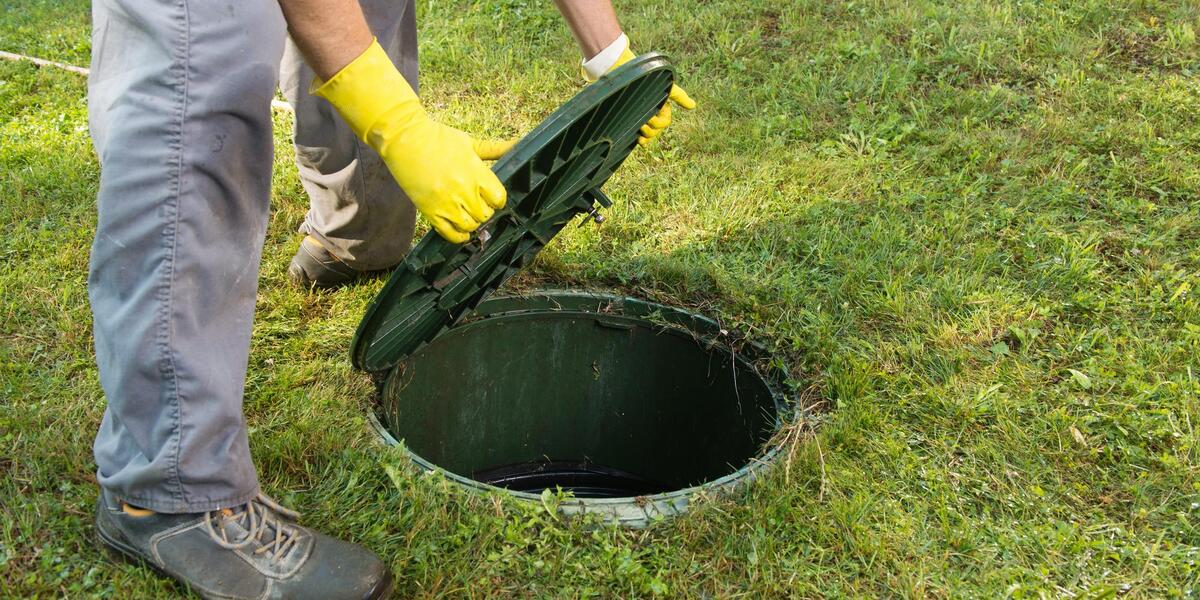

Landscaping Ideas
Why Is The Grass Over My Septic Tank Dead
Modified: February 18, 2024
Discover effective landscaping ideas to revive the grass over your septic tank. Learn how to improve drainage and select septic-safe plants. Achieve a lush, healthy lawn today!
(Many of the links in this article redirect to a specific reviewed product. Your purchase of these products through affiliate links helps to generate commission for Storables.com, at no extra cost. Learn more)
Introduction
Are you puzzled by the unsightly patch of dead grass hovering over your septic tank? You're not alone. Many homeowners encounter this perplexing issue and wonder why the grass above their septic tank appears lifeless and lackluster. In this article, we'll delve into the intricate relationship between septic tanks and the surrounding grass, unraveling the mysteries behind this common phenomenon.
Understanding the interplay between a septic tank and the grass above it can shed light on the underlying causes of this problem. By exploring the factors contributing to dead grass over a septic tank and offering practical solutions, we aim to equip you with the knowledge and insights needed to address this issue effectively.
So, let's embark on a journey to uncover the secrets beneath the surface and breathe new life into the grass above your septic tank.
Key Takeaways:
- Dead grass above a septic tank can result from nutrient overload, soil compaction, and poor drainage. Solutions include aeration, strategic plant selection, effluent diversion, and regular maintenance.
- Understanding the impact of a septic tank on grass can help homeowners implement targeted solutions to revive and maintain a vibrant landscape. Professional consultation and proactive measures are key to success.
Read more: How To Seed Over Dead Grass
Understanding the Role of a Septic Tank
Before delving into the impact of a septic tank on the surrounding grass, it’s essential to grasp the fundamental role of a septic tank in a property’s wastewater management system. A septic tank serves as a vital component of this system, responsible for the initial treatment of household wastewater.
Upon entering the septic tank, the wastewater undergoes a process of separation and decomposition. Solid waste settles at the bottom of the tank, forming a layer of sludge, while lighter materials such as grease and oils float to the top, creating a scum layer. Meanwhile, the liquid effluent, which lies between the sludge and scum layers, flows out of the tank and into the drain field for further treatment.
This intricate process hinges on the anaerobic digestion of organic matter, where bacteria break down the solid waste, transforming it into simpler substances. The effluent, having undergone preliminary treatment in the septic tank, is then dispersed into the soil in the drain field, where natural processes continue to purify it.
Understanding the pivotal role of a septic tank in managing household wastewater underscores its significance in maintaining a hygienic and sustainable living environment. With this groundwork in place, we can now explore the intricate relationship between a septic tank and the grass above it, unraveling the impact of this essential infrastructure on the surrounding landscape.
Impact of Septic Tank on Grass
The presence of a septic tank can exert a discernible influence on the grass growing above it. This impact is often manifested through visible changes in the health and appearance of the grass, leading to concerns and inquiries from homeowners.
One of the primary effects of a septic tank on grass is the potential for nutrient enrichment. As the effluent from the septic tank is dispersed into the drain field, it introduces nutrients and moisture into the surrounding soil. While this can benefit the grass by providing additional nourishment, excessive nutrient levels may lead to overstimulation, causing rapid growth and an increased demand for water. Consequently, the grass above the drain field may appear lush and vibrant, but this outward vitality can mask underlying challenges.
Conversely, the area directly above the septic tank may experience contrasting conditions. The compacted nature of the soil covering the tank, coupled with the presence of the tank itself, can impede the natural aeration and drainage processes essential for healthy grass growth. As a result, the grass above the septic tank may struggle to thrive, exhibiting signs of stress, such as discoloration, stunted growth, and ultimately, patches of dead grass.
Furthermore, the intermittent maintenance activities associated with a septic tank, such as pumping and inspection, can also impact the grass above it. Heavy equipment and foot traffic during these procedures may inadvertently damage the grass, disrupting its root systems and compromising its overall health.
By recognizing the multifaceted impact of a septic tank on the surrounding grass, homeowners can gain insight into the underlying factors contributing to the presence of dead or distressed grass above their septic system. In the subsequent section, we will explore these factors in greater detail, shedding light on the complex interplay between a septic tank and the health of the grass above it.
Regularly pumping and maintaining your septic tank can prevent the buildup of harmful chemicals and bacteria that can kill the grass above it.
Factors Contributing to Dead Grass Over a Septic Tank
Several interrelated factors can contribute to the presence of dead or struggling grass above a septic tank. Understanding these underlying elements is crucial for devising effective solutions and restoring the vitality of the surrounding landscape.
- Soil Compaction: The soil covering the septic tank often experiences compaction due to the weight and presence of the tank. This compaction can hinder the natural movement of air, water, and nutrients within the soil, impeding the grass’s root development and overall health.
- Poor Drainage: The design and location of the septic tank can impact the drainage patterns in the surrounding area. Inadequate drainage may lead to waterlogging, depriving the grass of essential oxygen and promoting conditions favorable to the proliferation of anaerobic microorganisms, which can further compromise the grass’s vitality.
- Chemical Imbalance: The effluent released into the drain field contains a blend of organic and inorganic compounds, potentially altering the chemical composition of the soil. Fluctuations in pH levels and the accumulation of certain substances can disrupt the delicate balance required for healthy grass growth, contributing to the emergence of dead patches.
- Root Damage: Maintenance activities related to the septic tank, such as pumping and inspection, can inadvertently damage the grass’s root systems. These disruptions impede the grass’s ability to absorb water and nutrients, weakening its resilience and predisposing it to stress and decline.
- Nutrient Overload: While the introduction of nutrients from the septic tank’s effluent can initially benefit the grass, excessive nutrient levels can lead to an imbalance, causing overstimulation and subsequent depletion of essential resources, ultimately resulting in the decline of the grass.
The intricate interplay of these factors underscores the complexity of the relationship between a septic tank and the health of the grass above it. By recognizing and addressing these underlying elements, homeowners can implement targeted strategies to rejuvenate the affected area and foster the resurgence of healthy, vibrant grass.
In the following section, we will explore practical solutions and proactive measures to mitigate the impact of a septic tank on the surrounding grass, empowering homeowners to cultivate a thriving and visually appealing landscape.
Solutions for Dead Grass Over a Septic Tank
Addressing the presence of dead or struggling grass above a septic tank necessitates a multifaceted approach that targets the underlying causes while promoting the revitalization of the affected area. By implementing proactive solutions and best practices, homeowners can mitigate the impact of the septic tank on the surrounding grass and foster a lush and resilient landscape.
- Aeration and Soil Amendment: Combatting soil compaction is essential for promoting healthy grass growth. Aeration, which involves perforating the soil with small holes to facilitate air, water, and nutrient movement, can alleviate compaction and invigorate the grass’s root systems. Additionally, incorporating organic matter and soil amendments can enhance the soil structure, fostering an optimal environment for robust grass growth.
- Strategic Plant Selection: Choosing grass varieties and ornamental plants that are resilient to the conditions near a septic tank can bolster the area’s visual appeal and longevity. Opting for species that thrive in moist, nutrient-rich soils and exhibit resilience to periodic stressors can enhance the sustainability of the landscape.
- Effluent Diversion and Redistribution: Redirecting the effluent from the septic tank away from the immediate vicinity of the drain field can alleviate nutrient overload and minimize the impact on the grass directly above the tank. Implementing diversion and redistribution measures, such as establishing vegetative buffers or utilizing subsurface drainage systems, can mitigate the adverse effects of excessive nutrients on the grass.
- Regular Monitoring and Maintenance: Vigilant monitoring of the grass above the septic tank and proactive maintenance of the tank and drain field are essential for preserving the health of the landscape. Regular inspections can detect early signs of stress or nutrient imbalance in the grass, enabling timely interventions to prevent widespread decline.
- Professional Consultation: Seeking guidance from landscaping professionals and septic system experts can provide valuable insights and tailored recommendations for addressing the specific challenges associated with a septic tank’s impact on the grass. Professional consultation can inform the implementation of customized solutions aligned with the property’s unique characteristics and environmental dynamics.
By integrating these solutions into a comprehensive strategy, homeowners can proactively mitigate the impact of a septic tank on the surrounding grass and cultivate a vibrant and resilient landscape. Embracing a proactive and holistic approach to landscaping maintenance and septic system management empowers homeowners to nurture a visually appealing and sustainable outdoor environment.
With these practical solutions at your disposal, you can embark on a journey to rejuvenate the area above your septic tank, transforming it into a thriving oasis that complements the overall beauty and functionality of your property.
Read more: Why Are Bees Hovering Over My Grass
Conclusion
The intricate relationship between a septic tank and the grass above it unveils a tapestry of interwoven factors that influence the health and vitality of the surrounding landscape. By understanding the complex dynamics at play and recognizing the potential impact of a septic tank on the grass, homeowners can embark on a journey to proactively address challenges and cultivate a resilient and visually appealing outdoor environment.
From nutrient enrichment and soil compaction to drainage patterns and maintenance considerations, the multifaceted nature of this relationship underscores the need for targeted solutions and proactive measures. Embracing a holistic approach that integrates aeration, strategic plant selection, effluent diversion, and vigilant monitoring empowers homeowners to mitigate the impact of the septic tank on the grass and foster a thriving landscape that enhances the property’s overall aesthetic and environmental sustainability.
As stewards of their outdoor spaces, homeowners are poised to harness the transformative potential of informed decision-making and proactive landscape management. By seeking professional guidance, implementing tailored solutions, and embracing a commitment to ongoing maintenance, homeowners can nurture a vibrant and resilient outdoor oasis that harmonizes with the natural rhythms of the surrounding environment.
Through this journey of discovery and action, homeowners can breathe new life into the area above their septic tank, transforming it into a flourishing testament to the symbiotic balance between functional infrastructure and natural beauty. By harnessing the insights and solutions presented in this article, homeowners are poised to embark on a transformative odyssey, cultivating a landscape that thrives in harmony with the essential role of the septic system.
With a steadfast commitment to proactive stewardship and the application of targeted solutions, homeowners can redefine the narrative of the grass above their septic tank, ushering in a new era of vitality, resilience, and enduring beauty.
Frequently Asked Questions about Why Is The Grass Over My Septic Tank Dead
Was this page helpful?
At Storables.com, we guarantee accurate and reliable information. Our content, validated by Expert Board Contributors, is crafted following stringent Editorial Policies. We're committed to providing you with well-researched, expert-backed insights for all your informational needs.
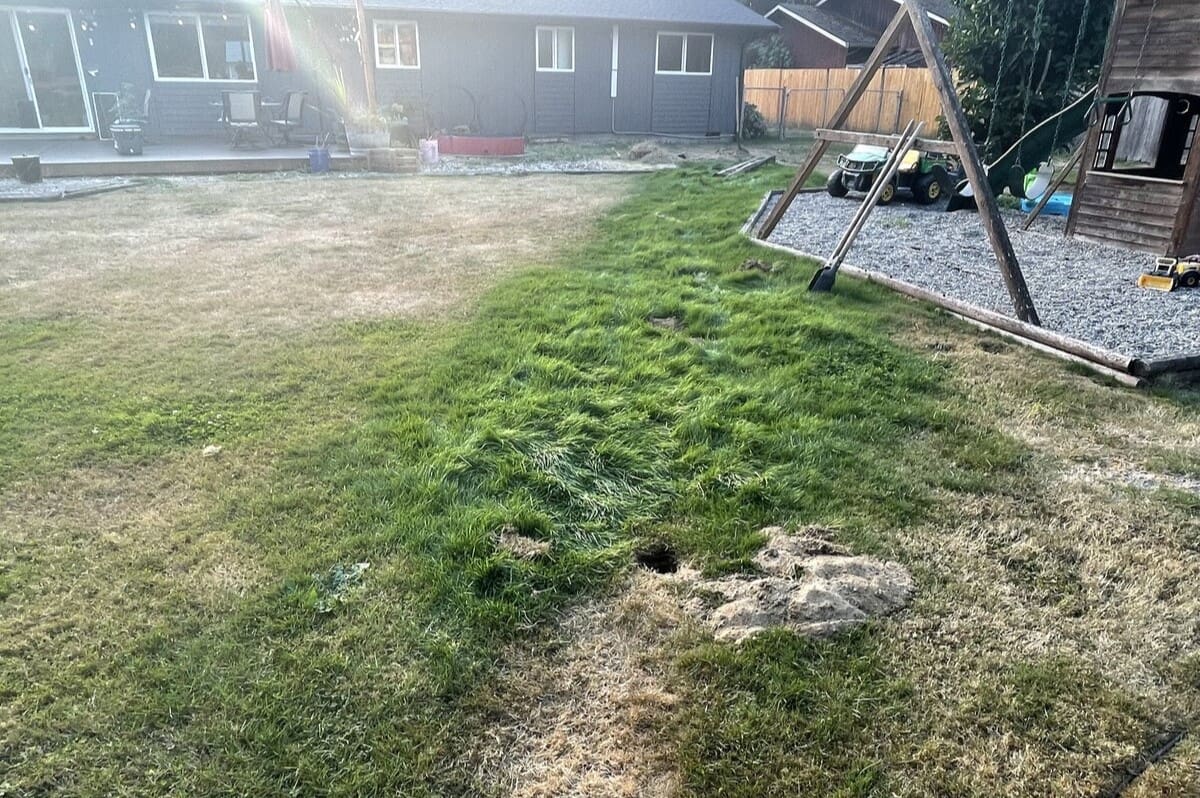
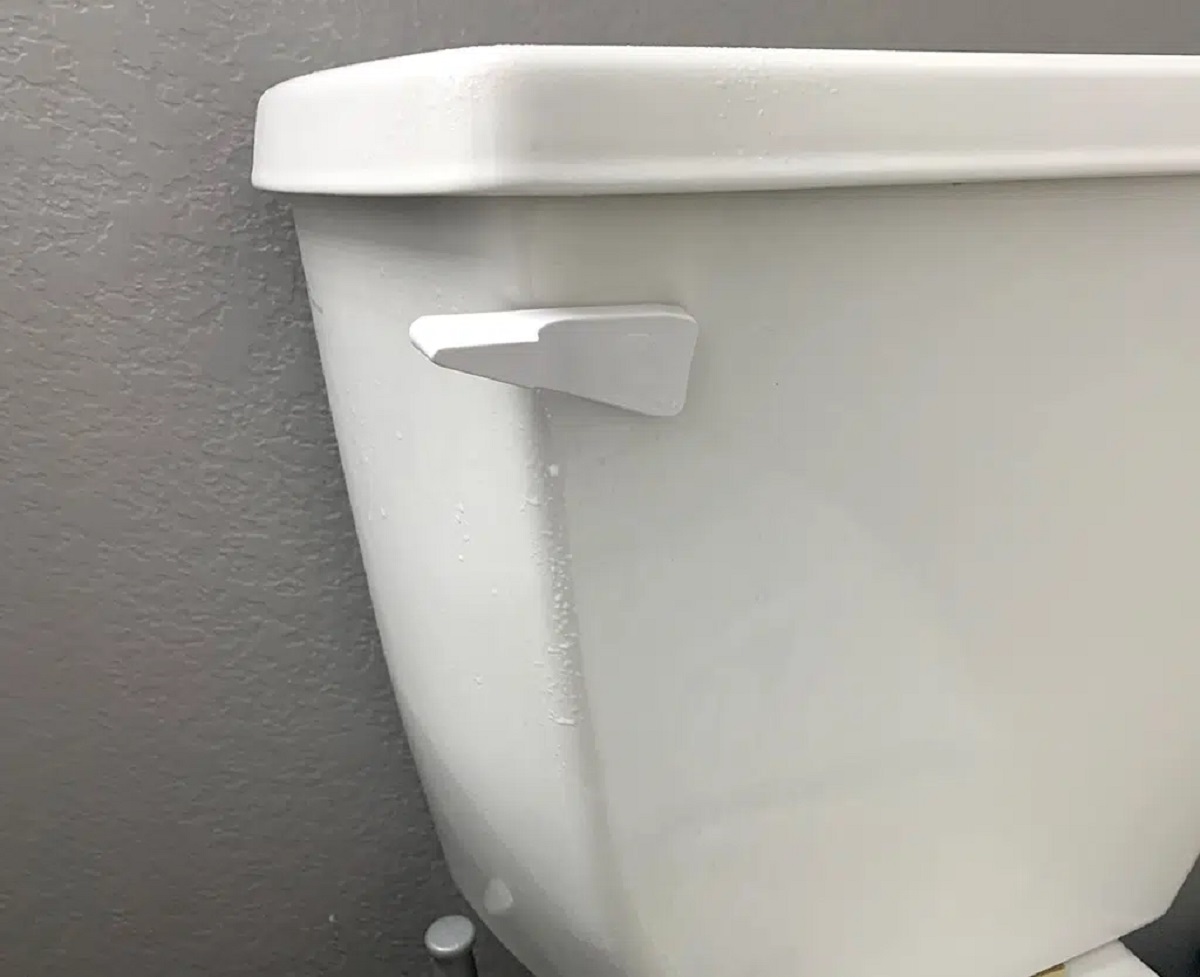

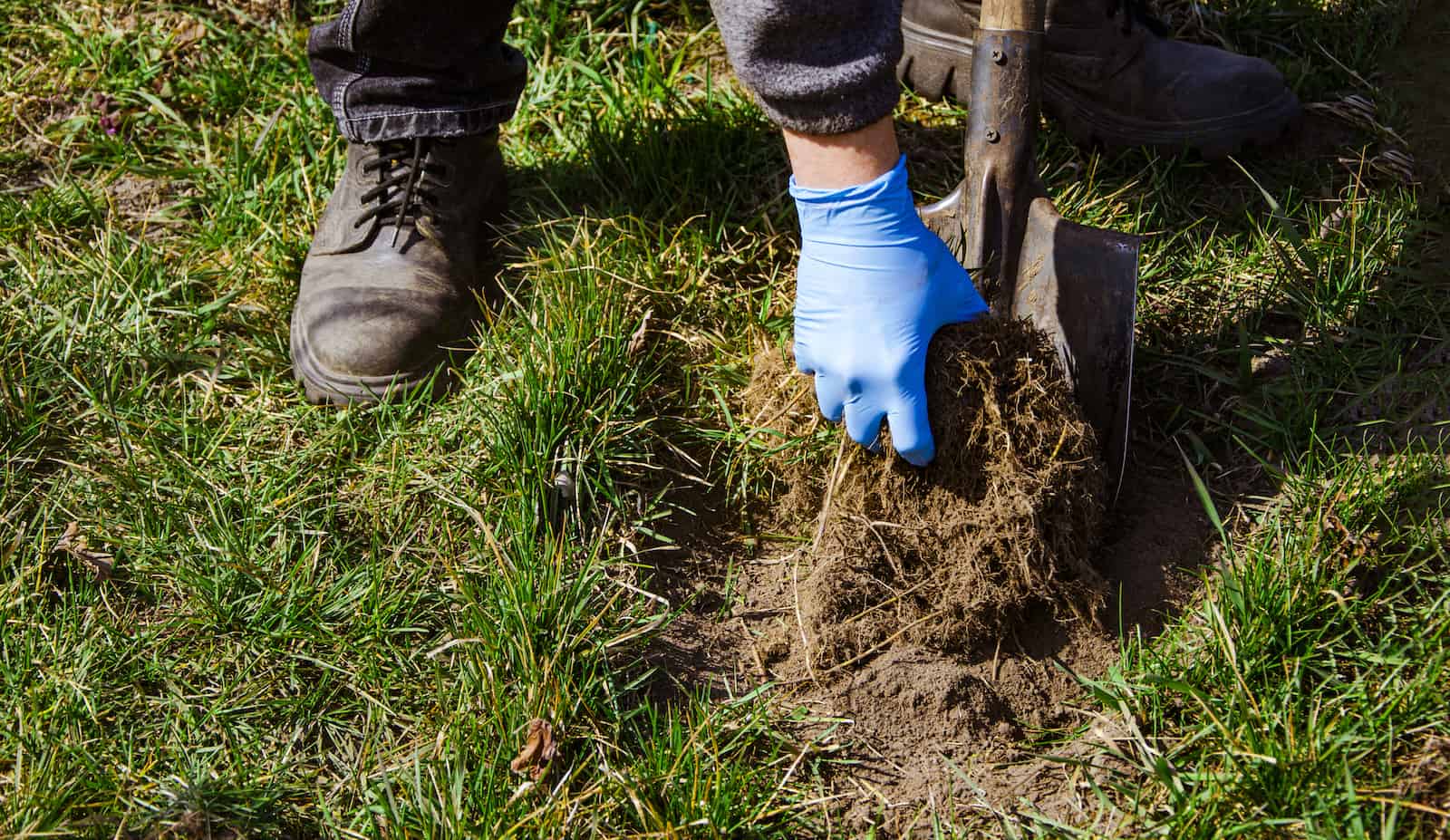
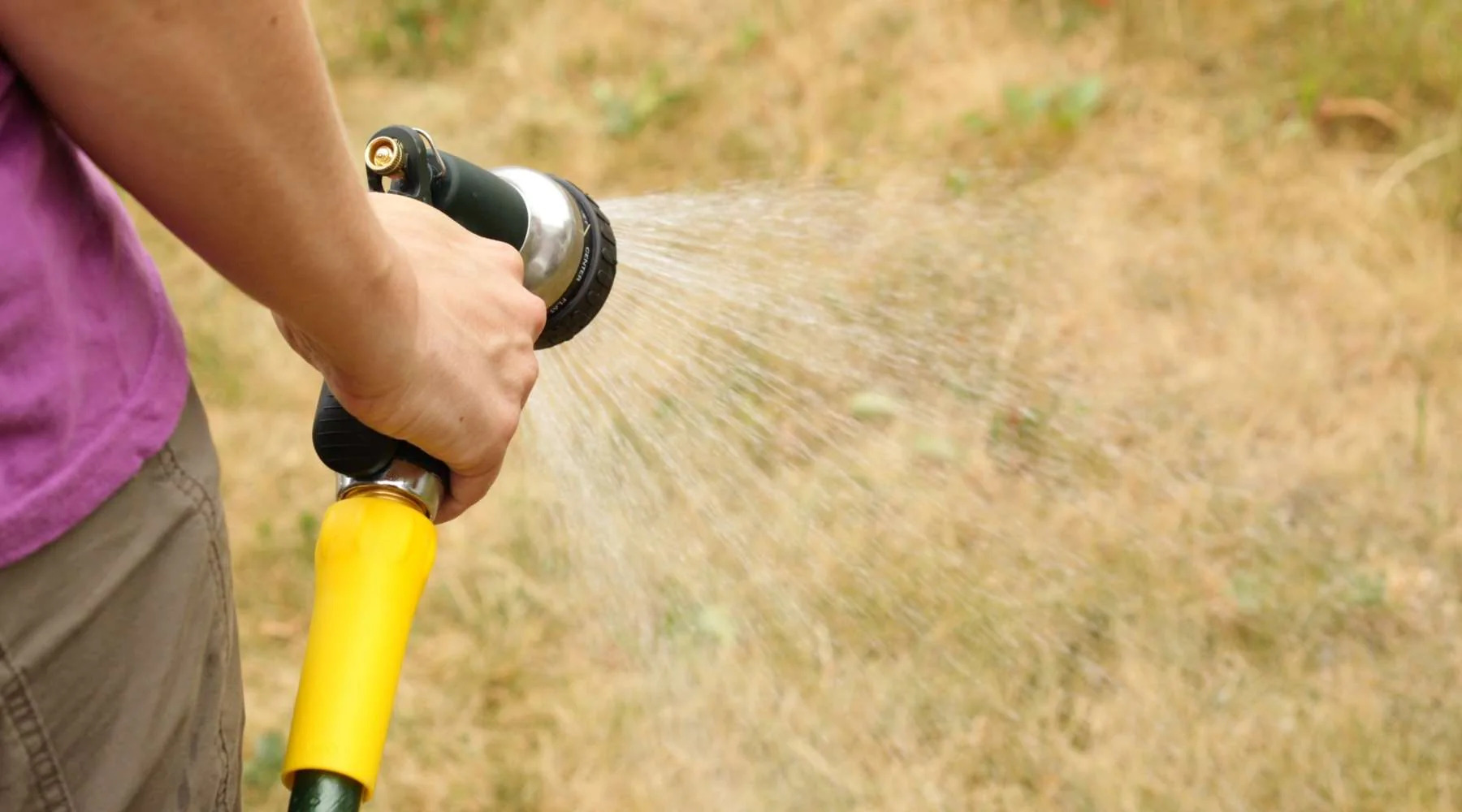
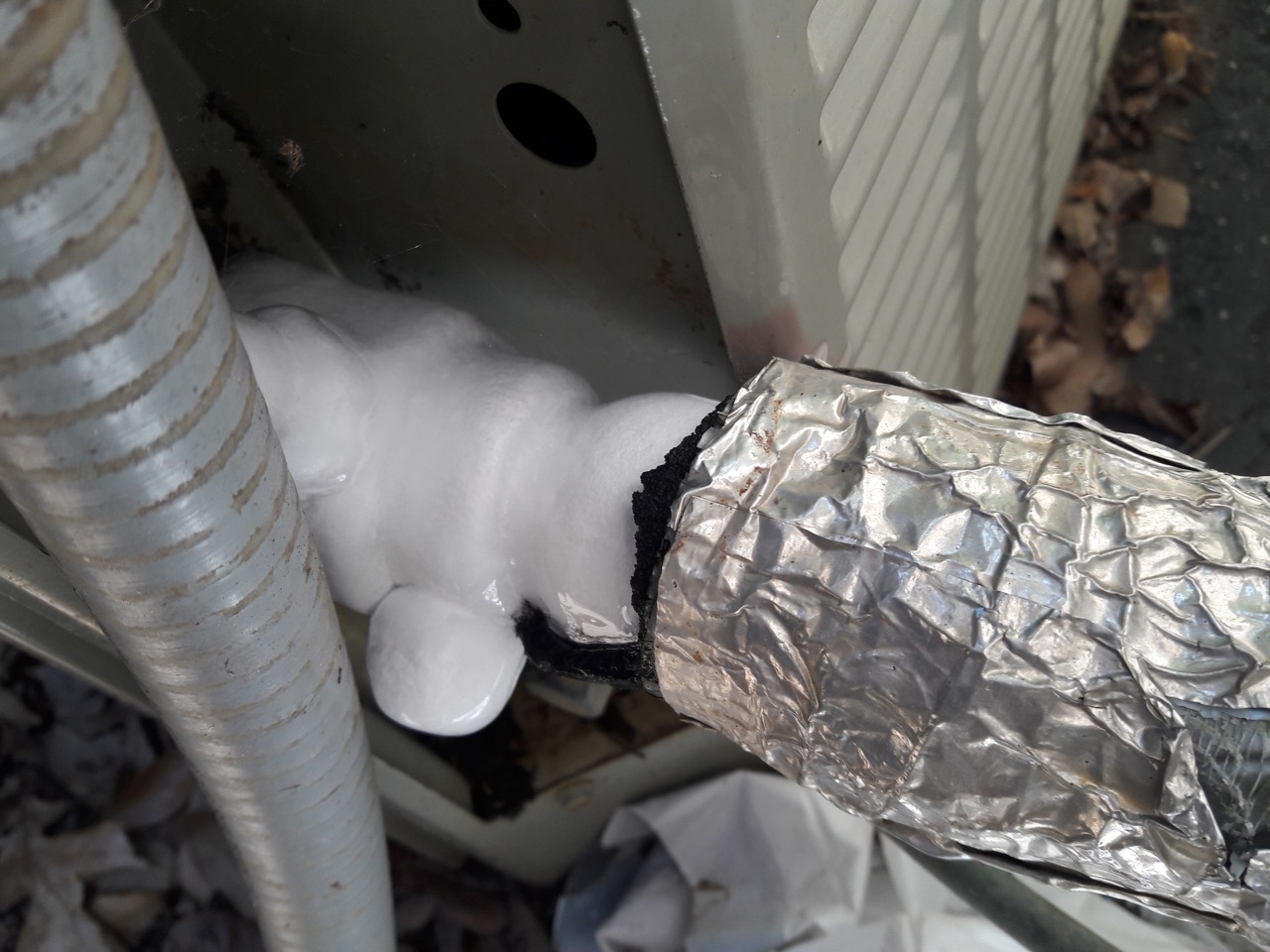
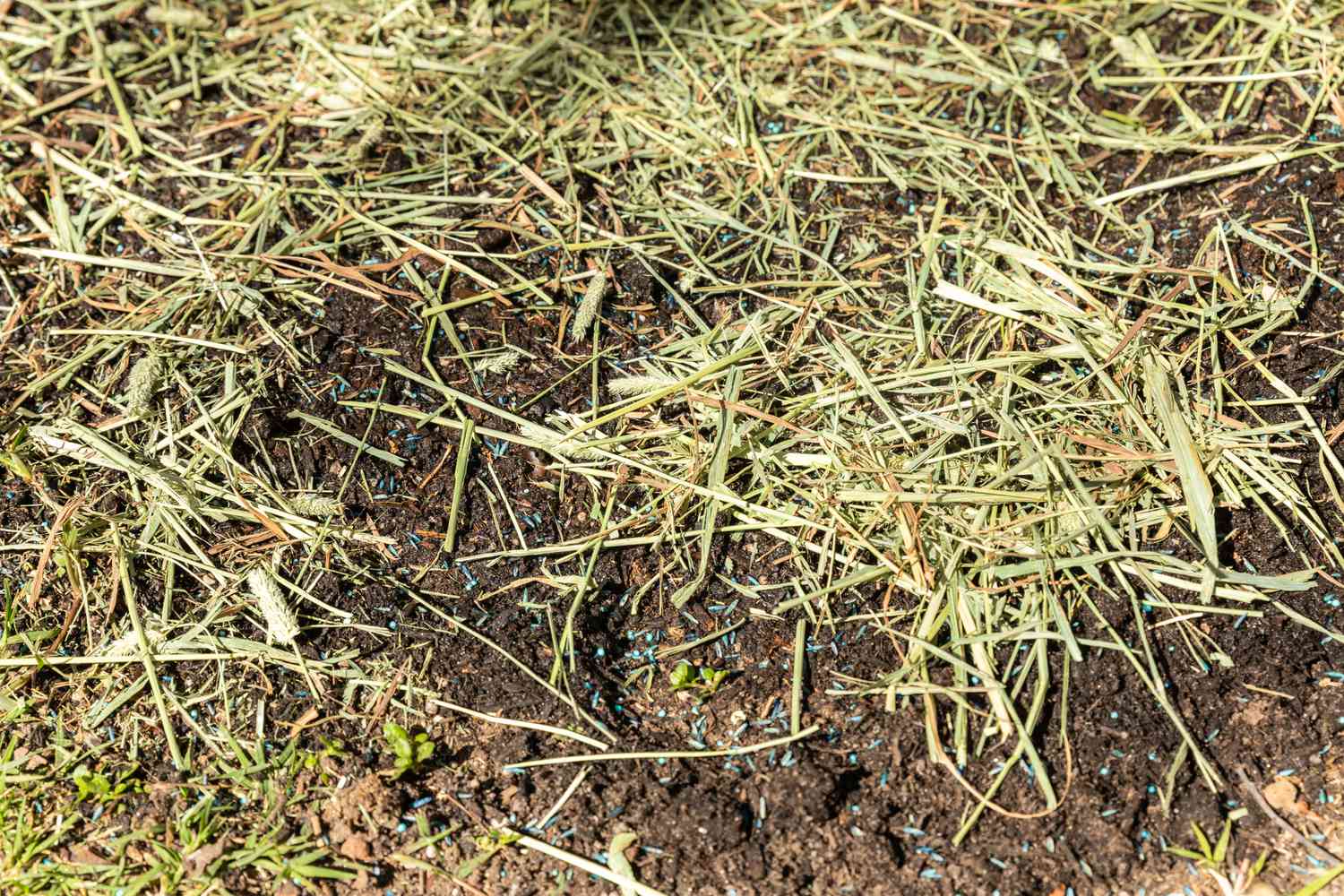
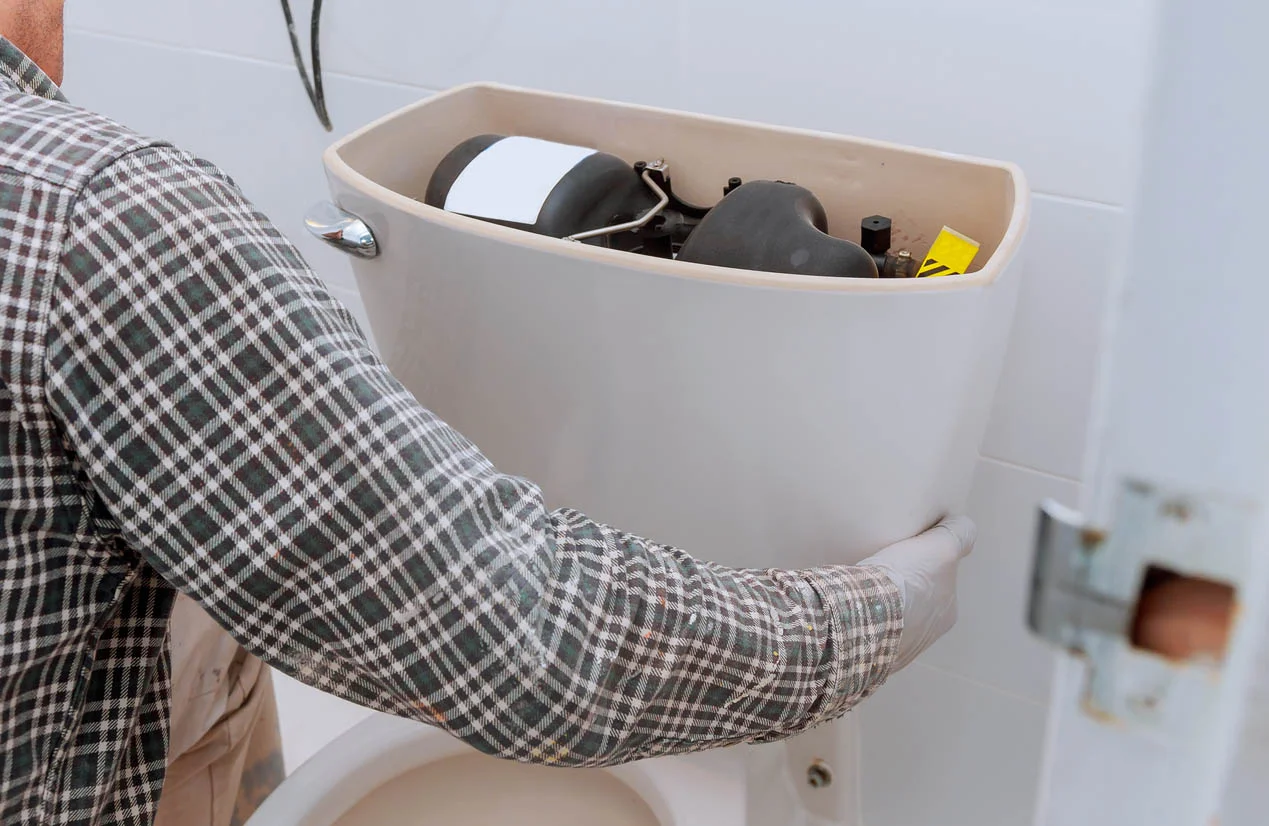
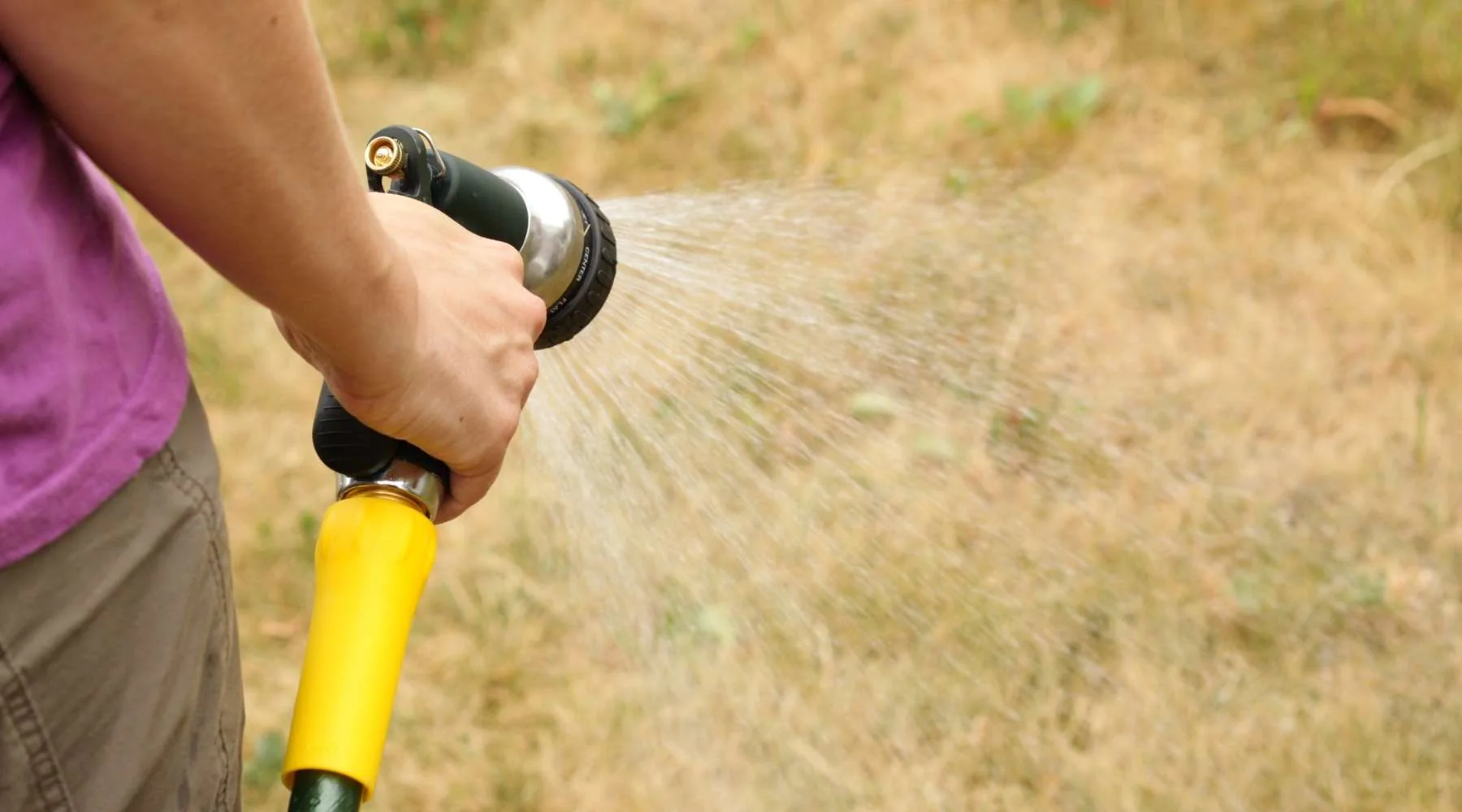
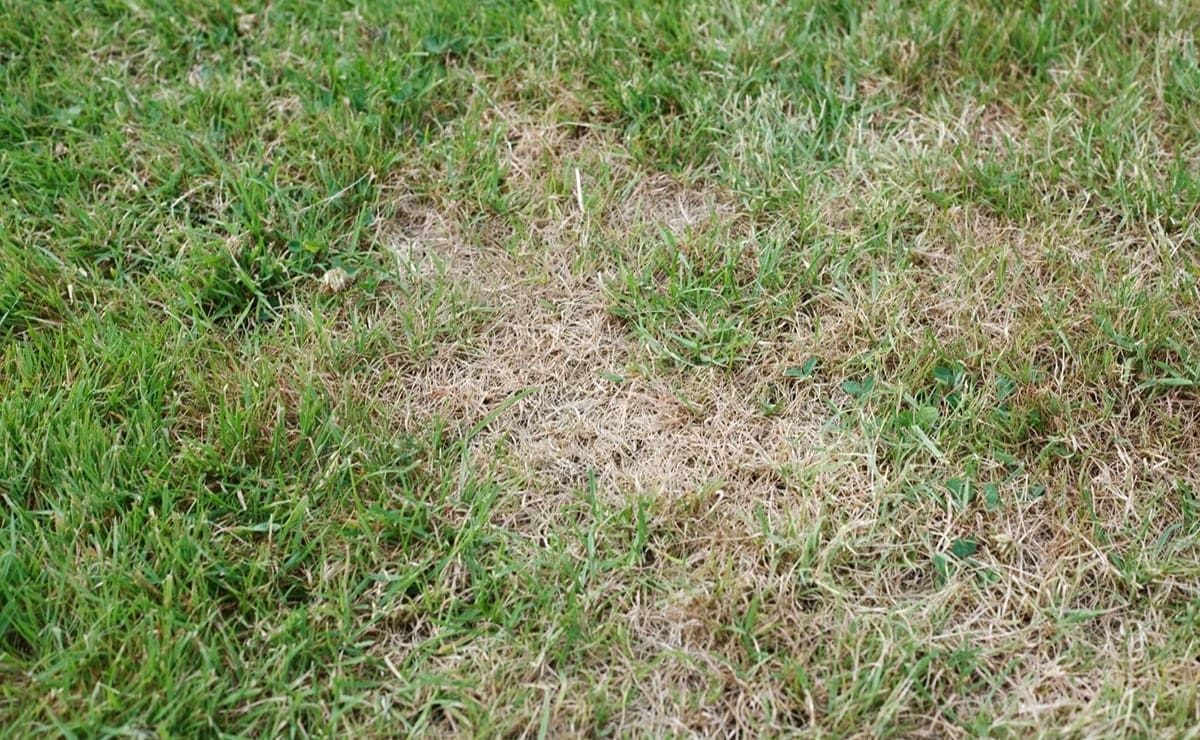
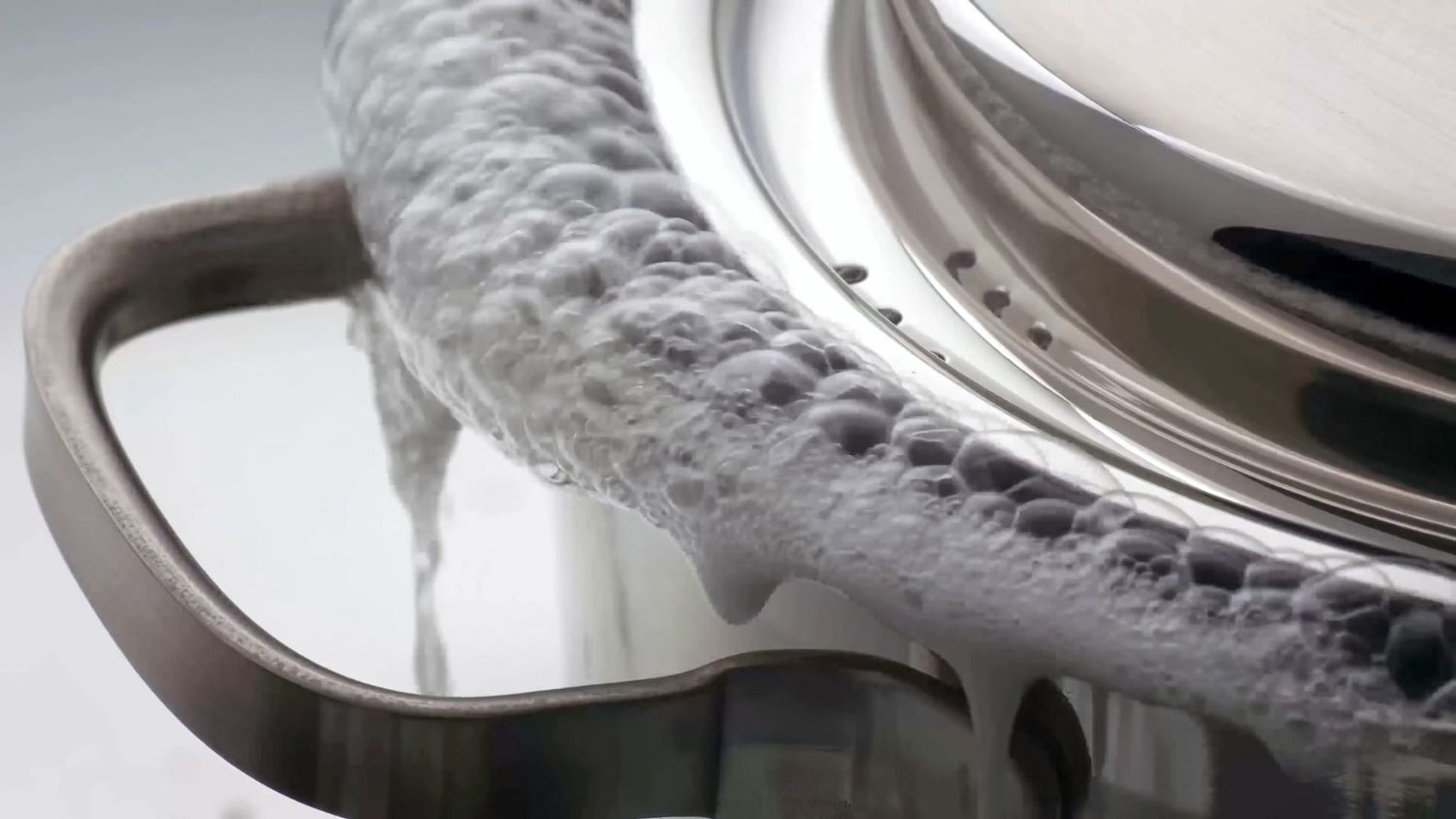
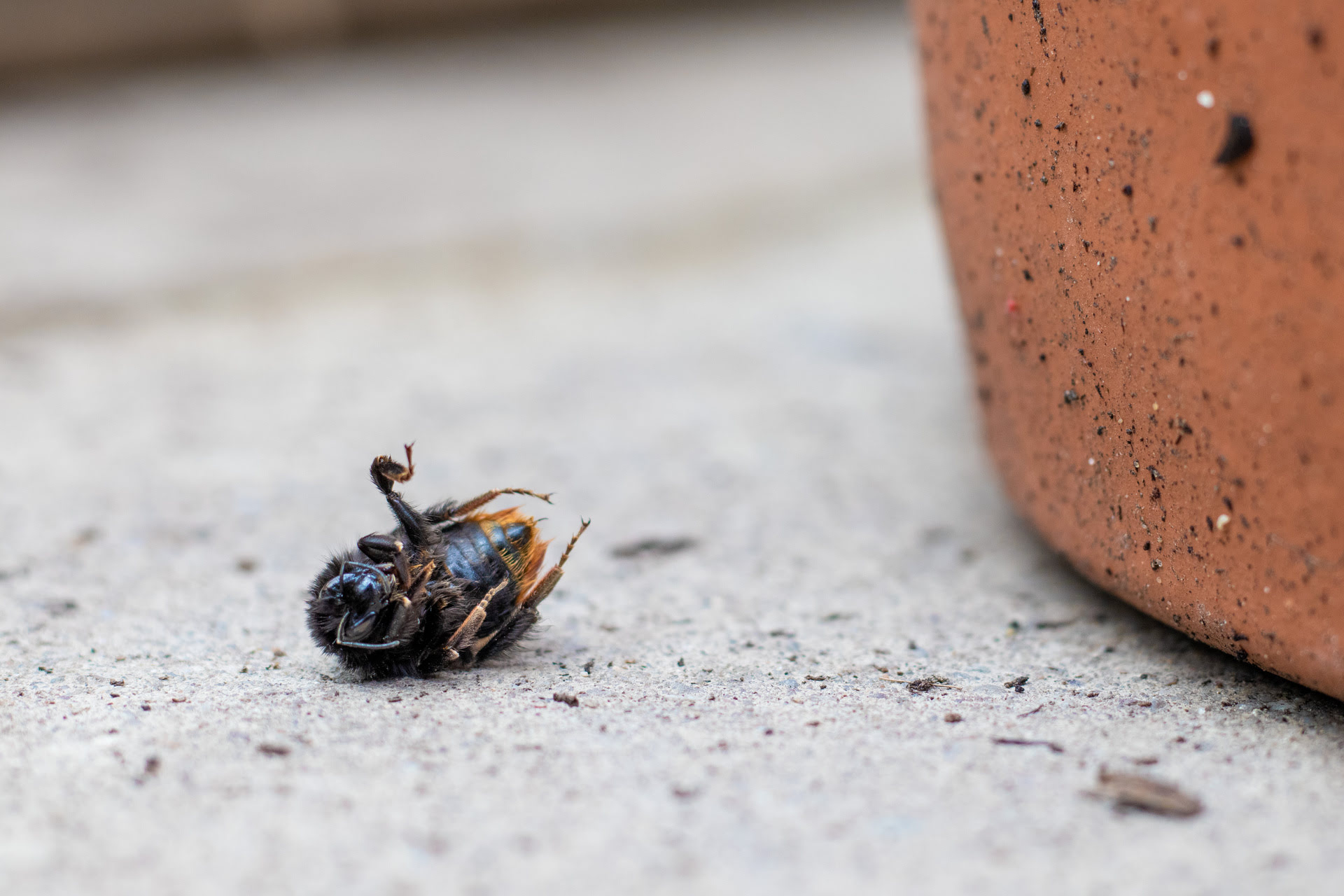
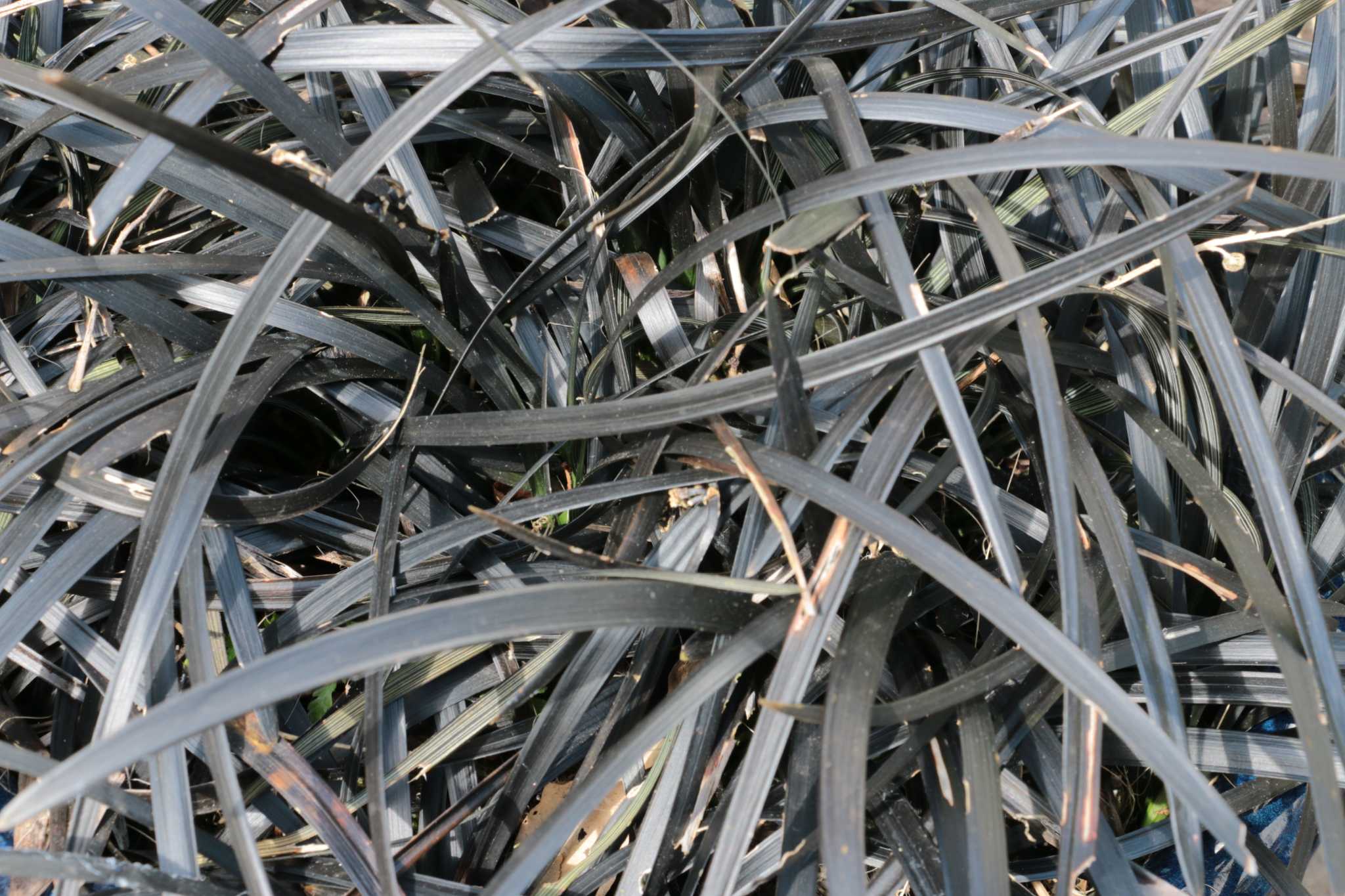
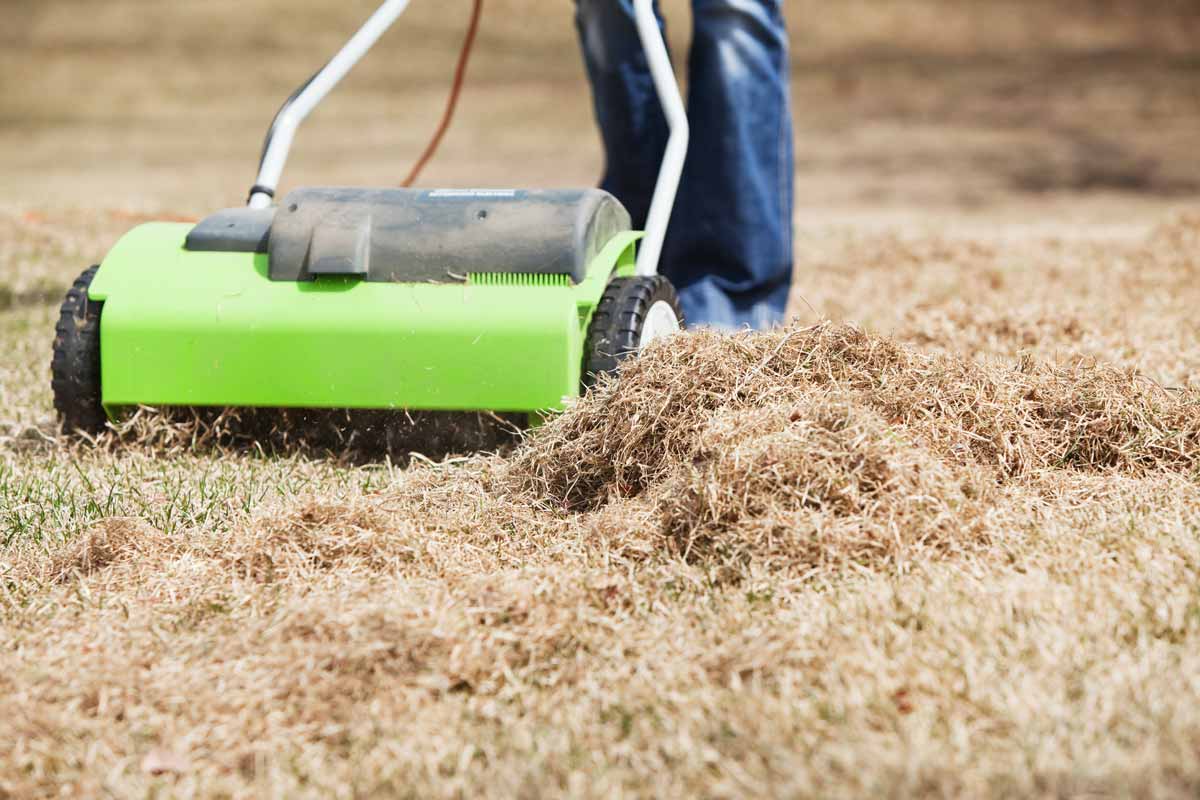

0 thoughts on “Why Is The Grass Over My Septic Tank Dead”